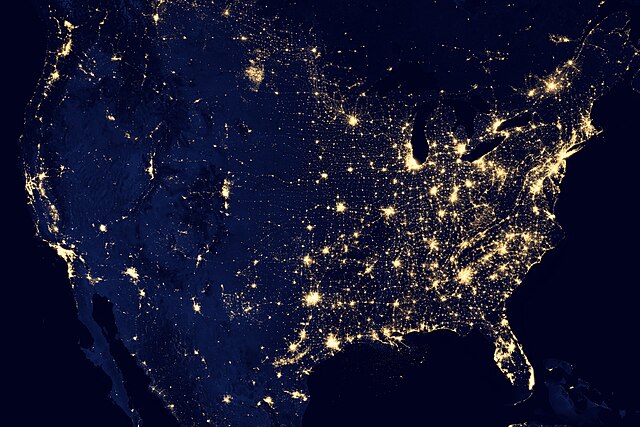U.S. CEOs believe the country’s national debt and deficit are the greatest geopolitical risks to business operations in 2024, according to a survey from the research group organization The Conference Board.
The U.S. national debt was put ahead of other top risks for CEOs, including the potential for an increase in cyberattacks, war in the Middle East, higher energy prices and risks associated with decoupling from China, according to The Conference Board. The U.S. national debt exceeded $34 trillion for the first time in the country’s history on Dec. 29, 2023, following huge government deficits and spending under the Biden administration.
“For U.S. CEOs, the biggest risk is right at home — the mushrooming US national debt and deficit,” The Conference Board said in its report. “The US fiscal outlook continues to deteriorate, with the deficit for FY2023 topping estimates at $1.7 trillion. The increasing practice of issuing U.S. Treasury securities to finance deficit and debt places tremendous strain on the financial system, potentially raising business borrowing costs and limiting access to capital.”
American CEOs are also particularly concerned about an economic downturn/recession, noting that it and inflation are the external factors that are most likely to have the greatest impact on their organizations in 2024, according to The Conference Board. Financial institutions and analysts are mixed with their predictions of the economy in 2024, with banks like Goldman Sachs and JP Morgan Chase forecasting a risk of a recession while Deutsche Bank and Société Générale both predicting a recession.
Global political instability, higher borrowing costs and labor shortages are also among the top five most concerning external factors for U.S. CEOs, which all fuel inflation, according to The Conference Board. Inflation remains elevated, rising 3.1% year-over-year in November, far above the Federal Reserve’s 2% target, after decelerating from its peak under Biden of 9.1% in June 2022.
The national debt has ballooned under Biden following a number of costly initiatives pushed by the president. In March 2021, Biden signed the American Rescue Plan, which authorized $1.9 trillion in new spending, and in August 2022, the president signed the Inflation Reduction Act, which approved $750 billion in spending.
Will Kessler on January 10, 2024

